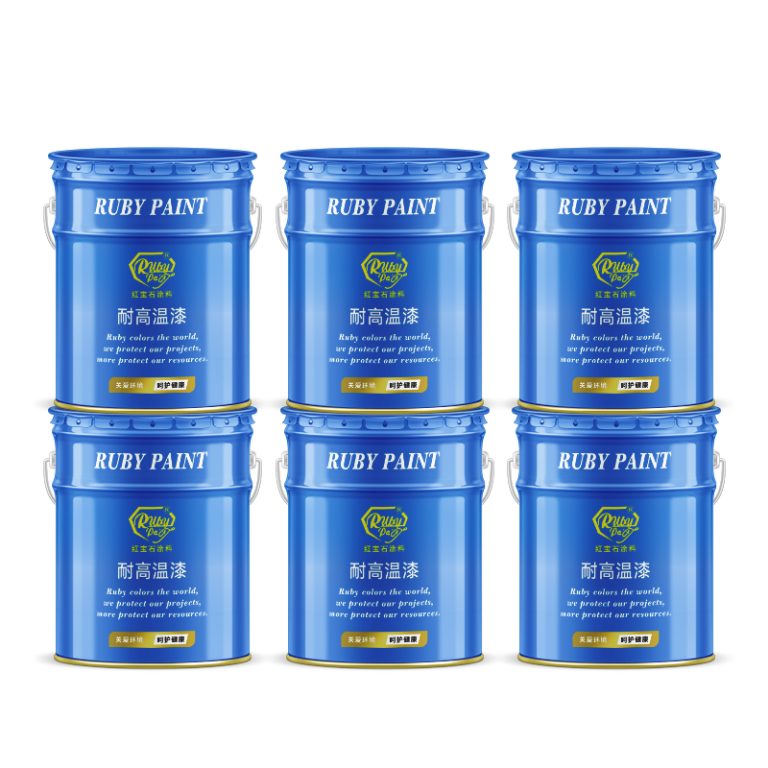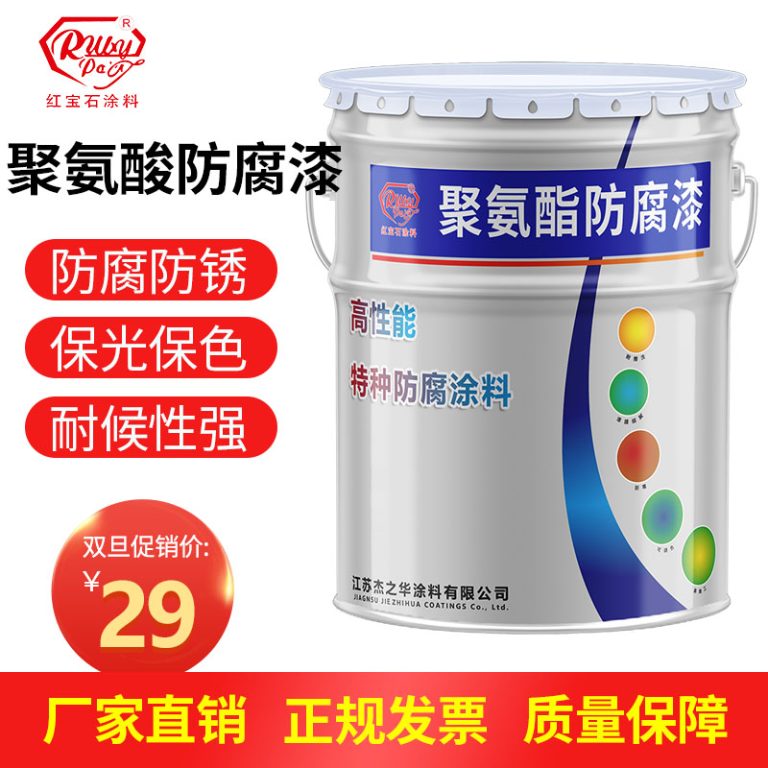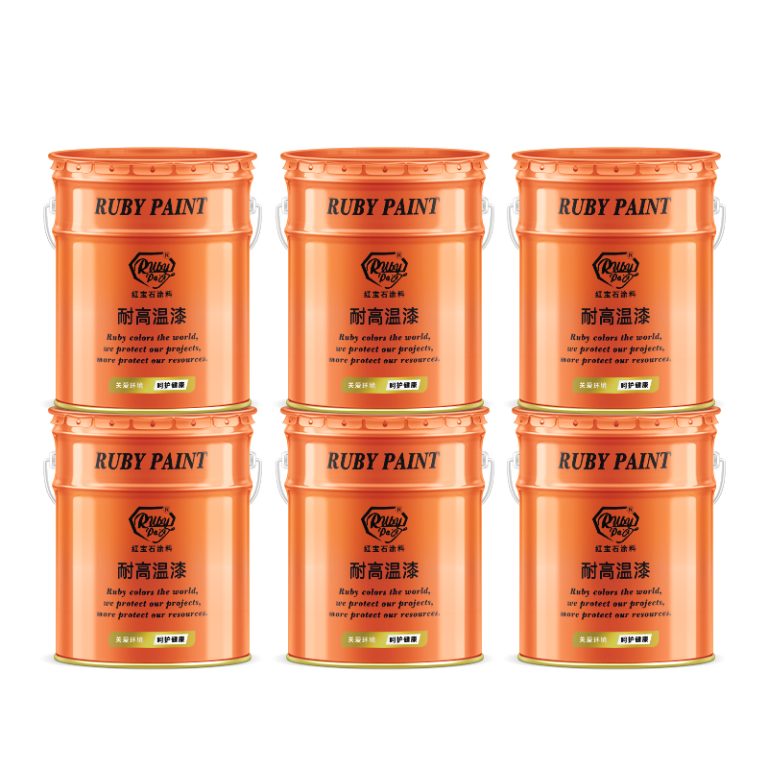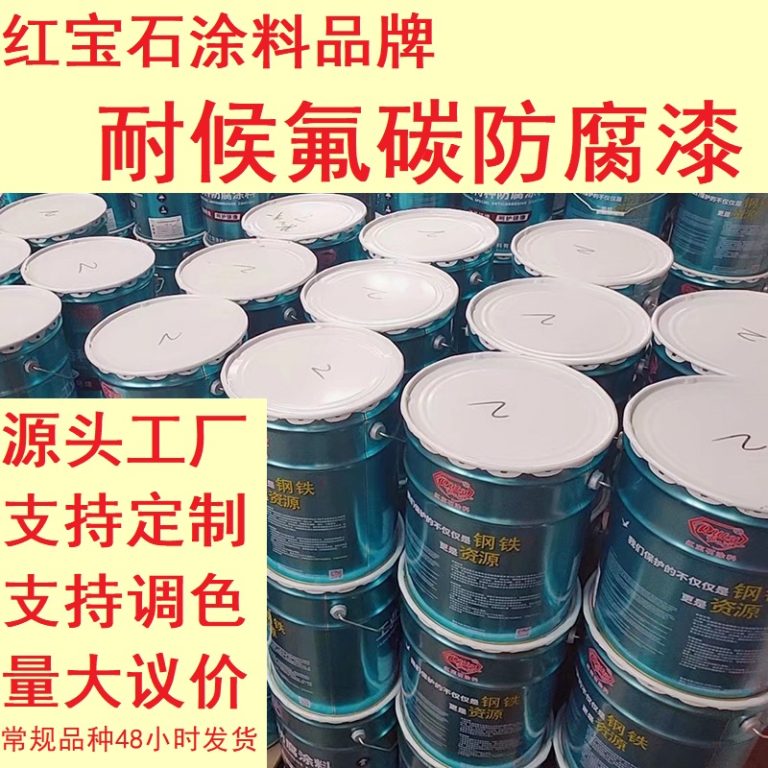Table of Contents
Benefits Of Using Insulating Basement Paint
Insulating basement paint is an innovative solution designed to enhance the energy efficiency and comfort of your home. This specialized paint not only adds an aesthetic appeal to your basement but also serves as a protective barrier against heat loss and moisture intrusion. By using insulating basement paint, homeowners can experience a range of benefits that contribute to a more sustainable and comfortable living environment.
One of the primary advantages of insulating basement paint is its ability to improve thermal insulation. Basements are often prone to temperature fluctuations due to their underground location. In the winter, they can become excessively cold, while in the summer, they may feel damp and humid. Insulating paint contains tiny ceramic or glass microspheres that create a thermal barrier on the walls. This barrier helps to retain heat during colder months and repel heat during warmer months, thereby stabilizing the temperature within the basement. As a result, homeowners can enjoy a more consistent and comfortable indoor climate throughout the year.

Furthermore, the enhanced insulation provided by this paint can lead to significant energy savings. By reducing the need for additional heating or cooling, homeowners can lower their energy consumption and decrease their utility bills. This not only benefits the homeowner financially but also contributes to a reduction in the overall carbon footprint of the household. In an era where environmental consciousness is increasingly important, using insulating basement paint is a practical step towards promoting sustainability.
| No. | Product |
| 1 | Industrial paint |
Another benefit of insulating basement paint is its ability to combat moisture and prevent mold growth. Basements are often susceptible to dampness due to their proximity to the ground. This moisture can seep through the walls and create an ideal environment for mold and mildew to thrive. Insulating paint acts as a moisture barrier, repelling water and protecting the walls from potential damage. By keeping the basement dry, homeowners can avoid the health risks associated with mold exposure and maintain the structural integrity of their property.
In addition to its thermal and moisture-resistant properties, insulating basement paint is also easy to apply and maintain. Unlike other insulation methods that may require professional installation, this paint can be applied by homeowners themselves with minimal effort. It adheres well to a variety of surfaces, including concrete, brick, and stone, making it a versatile option for different types of basements. Once applied, the paint requires little maintenance and can last for several years, providing long-term benefits without the need for frequent touch-ups.
Lastly, insulating basement paint offers aesthetic flexibility. It is available in a range of colors and finishes, allowing homeowners to customize the appearance of their basement according to their personal preferences. Whether you prefer a bright, vibrant color to create a lively space or a neutral tone for a more subdued look, there is an insulating paint option to suit your style. This versatility makes it an attractive choice for those looking to enhance both the functionality and the visual appeal of their basement.
In conclusion, insulating basement paint is a valuable investment for homeowners seeking to improve the energy efficiency, comfort, and aesthetics of their basements. Its ability to provide thermal insulation, resist moisture, and offer aesthetic versatility makes it an ideal solution for transforming basements into more livable and sustainable spaces. By choosing insulating basement paint, homeowners can enjoy a range of benefits that contribute to a healthier, more cost-effective, and environmentally friendly home.
How To Apply Insulating Paint In Your Basement
Insulating basement paint is an innovative solution designed to enhance the energy efficiency of your home by providing an additional layer of insulation to your basement walls. Applying this type of paint can help reduce heat loss, prevent moisture buildup, and ultimately lower your energy bills. In this article, we will guide you through the process of applying insulating paint in your basement to ensure optimal results.
Before you begin the application process, it is crucial to prepare the surface of your basement walls. Start by cleaning the walls thoroughly to remove any dirt, dust, or debris that may interfere with the adhesion of the paint. If there are any cracks or holes in the walls, make sure to repair them with a suitable filler and allow it to dry completely. Additionally, if your basement walls are currently painted, you may need to sand them lightly to create a rough surface that will help the insulating paint adhere better.
www.youtube.com/watch?v=kCkCI75Qvv8Once the surface is prepared, the next step is to choose the right type of insulating paint for your basement. There are several options available on the market, each with its own set of properties and benefits. Some insulating paints are formulated with ceramic microspheres that create a thermal barrier, while others contain insulating additives that help reflect heat back into the room. It is important to select a product that is specifically designed for basements and suitable for the conditions in your area.
After selecting the appropriate insulating paint, it is time to apply it to your basement walls. Begin by stirring the paint thoroughly to ensure that the insulating particles are evenly distributed. Use a high-quality brush or roller to apply the paint in even strokes, starting from the top of the wall and working your way down. Be sure to cover the entire surface, paying special attention to corners and edges where heat loss is more likely to occur.
It is recommended to apply at least two coats of insulating paint to achieve the best insulation results. Allow the first coat to dry completely according to the manufacturer’s instructions before applying the second coat. This will ensure that the paint forms a solid, continuous layer that effectively blocks heat transfer.
| No. | Product Name |
| 1 | Industrial paint |
Once the final coat of insulating paint has dried, you can add a finishing touch by applying a topcoat of regular paint in the color of your choice. This will not only enhance the appearance of your basement but also protect the insulating paint from wear and tear.
In conclusion, applying insulating paint in your basement is a straightforward process that can significantly improve the energy efficiency of your home. By properly preparing the surface, choosing the right type of insulating paint, and following the application instructions carefully, you can create a more comfortable and cost-effective living space. Remember to maintain the painted walls by cleaning them regularly and touching up any areas that may show signs of wear over time. With these steps, you can enjoy the benefits of a well-insulated basement for years to come.






